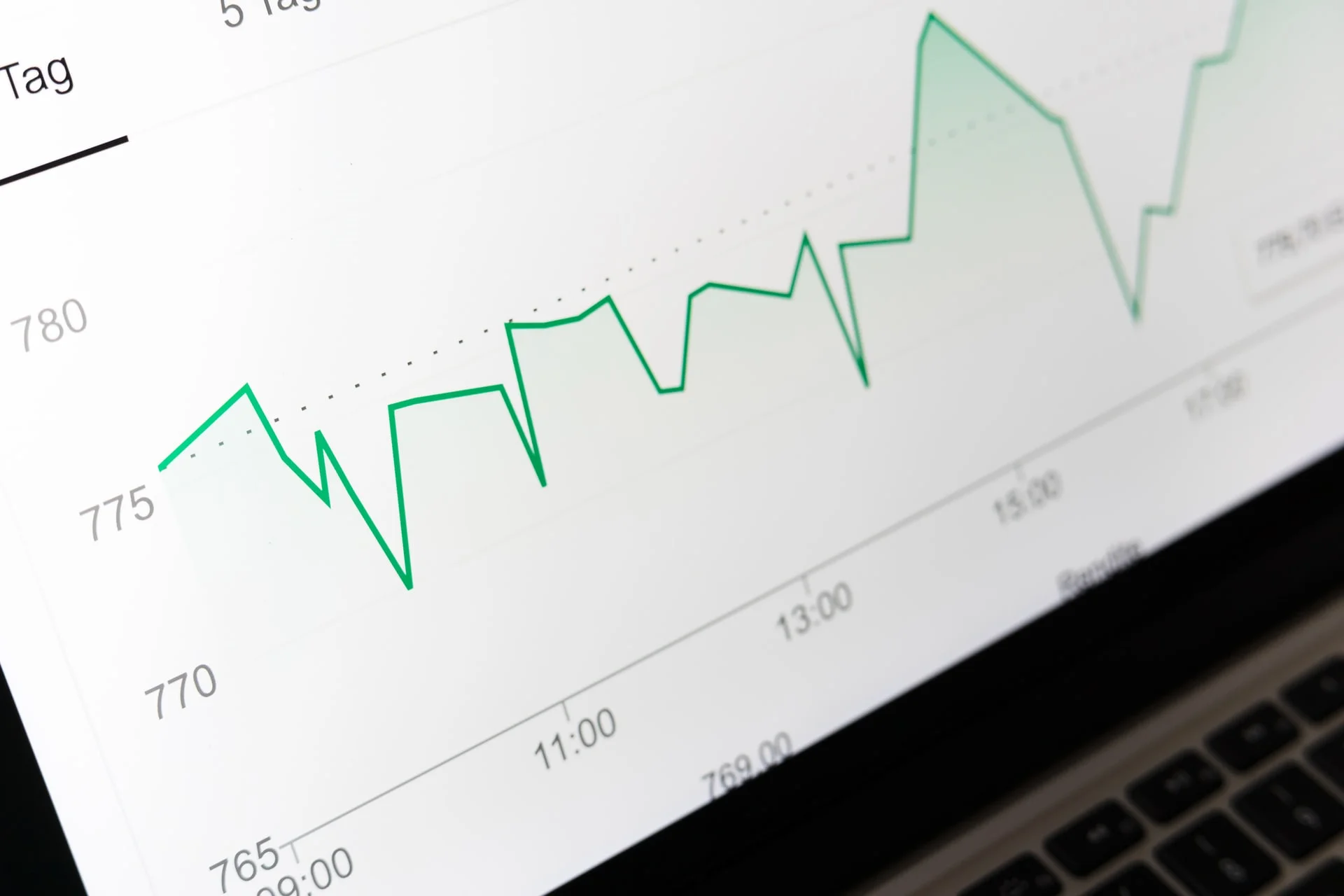- Know Everything About Nipah Virus, Which Is Back In Kerala Again
- Kevin Porter Jr Arrested On His Girlfriend’s Assault Charge
- Market Change Overnight - Know The 8 Things That Did It
- Who Are Alba Baptista And Chris Evans Married On The Weekend?
- Disrupted India vs Pakistan Asia Cup 2023 Match on Reserve Day
- 10 Common Foods That Contain No Calories or Are Very Low in Calories
- Men’s Styling Tips - Know the 9 Common Style Mistakes to Avoid
- Coco Gauff Beats Karoline Muchova and Reaches the US Open Final
- Danny Masterson Gets Life Sentence of 30 Years for Two Rapes
- Experience A Splendid Vacation in Kashmir with These 15 Gorgeous Sights
- India
- Thrusday , April 18, 2024
- Last Published Sep 12, 2023, 6:48:32 PM

Things to know about Corporate Finance Liabilities & Its Types
When discussing liabilities, it's important to know the difference between tangible and intangible assets. Tangible assets are things that have a physical form - cars, buildings, etc., while intangible assets are not represented by something physical - stocks or intellectual property. When looking at this definition of liabilities in terms of tangible vs. intangible, one may think that all liabilities would be classified as tangible because they are represented by something physical. However, when examining the definition more closely you can see where some may argue whether an asset is tangible or not if it has no physical representation (intangible). Finance is one of the most important fields in our society and it can be hard to keep up with all of the latest developments. One way that finance professionals stay ahead of the game is by understanding their liabilities. This article will help you understand what liabilities are and how they affect your company's balance sheet, which every financial professional needs to know about. "A bank's liabilities are the debts that it owes to its creditors. These debt obligations can be short-term or long-term, and include things like checking accounts, savings accounts, demand deposits, and certificates of deposit." "The most common types of liability categories for banks are customer account liabilities (checking and savings), government account liabilities (taxes owed) and interbank claims." In a traditional banking system, many customers have been able to cash checks from their own bank without having to provide identification. This is because banks know who they owe money to as well as who they need to pay back. In this sense, a bank becomes an intermediary between those with surplus funds and those in need of funds. Learn more about liabilities at the corporate finance institute. So, what are liabilities? As defined by Merriam-Webster, a liability is "a person's responsibility for something." What most people don't know is the many different types of liabilities that exist. We're going to take a look at just some of them today! Let's get started with trade payables. Trade payables are typically short-term debts owed to vendors or suppliers. They often have short payment terms and penalties if not paid on time. Next up are accrued expenses which include things like insurance premiums, rent payments, salaries due date, etc... This type of liability is usually accounted for as an expense so it doesn't affect cash flow but rather affects future earnings statements since they will be expensed over the life. It is important to know the liabilities of any company before making an investment. This blog post will give you a list of the different types of liabilities and what they mean for your investments. You should know that there are two major types of liabilities: current and long-term. Current liabilities include things like accounts payable, salaries, taxes due in less than one year, short-term loans, etc.; whereas long-term liabilities include things like mortgages, bonds, bank loans with longer terms (e.g., 1-5 years), etc. There are also other types that may not be as common but can still have an impact on your investments; these include retirement obligations (pensions) and deferred income taxes. Regardless of whether you are a banker, business owner, or someone who is just interested in the topic; it's important to know what liabilities are. Simply put, they're debts that one owes and needs to pay back. There are both short-term and long-term liabilities. Short-term liabilities include accounts payable (money owed for goods or services already received), current portion of long-term debt (short-term loans due within 1 year), and accrued expenses (payroll costs). Long-term liabilities include bonds payable (borrowed money not due until after 1 year), mortgages payable (a type of loan on the property), unpaid rent/utilities/taxes, deferred revenue/expenses(revenue from work completed but not yet paid. Bankers and financial professionals are typically very knowledgeable about the topic of liabilities. This is because they use this information to make decisions that will impact the company's bottom line, such as lending money or borrowing from another source. It's important for you to know what liabilities mean in order to become a successful banker or finance professional.












